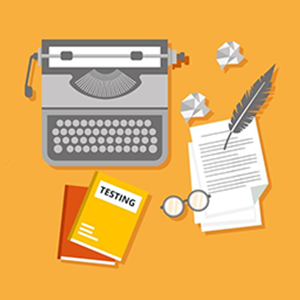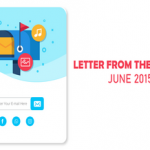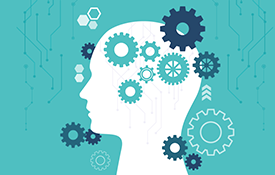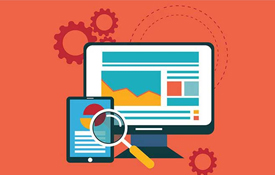Because of the type of work I do (consulting projects at different companies), I’ve been lucky in my Software Development career to have worked on a bunch of software projects specific to hardware devices or integrating new hardware into software systems. Starting with the Palm Pilot, I worked on some operating systems (OS) projects, firmware, drivers, and the like. Some of the skills I developed I never used again… but, many skills opened up doors to other jobs and my knowledge in testing hardware integration, particularly automating testing of wifi-enabled smart devices (IoT) and voice systems.
Had I stayed in the area of my first few jobs where I was building some subject matter expertise, my domain knowledge would have increased, but the technical knowledge gained proved more beneficial. Working on a variety of projects for various companies forced me to learn a variety of technical skills I would not have learned had I stayed at one company. Building a wider variety of skills is important to anyone’s career, or whether you will become a “Full-Stack” Tester or not. But in these days of Digital Modernization or Full-Stack Product Teams, floating between testing tasks from database to browser to mobile to back end is the new norm.
The same situation happened when I jumped to a data and database project at a different company. This was a completely different product development and testing situation. Over time, I gained a pretty wide variety of tools for my toolbelt: Device and OS, driver, firmware, and hardware integration testing skills; web and server testing skills, followed by database skills; jobs that were only API testing; jobs that were IoT, wifi-connected devices; jobs that were testing cloud systems… I could go on.
Now we are in a world of Digital Modernization. The big benefit here is that with Digital Modernization, the whole idea is modernizing with new technologies, cutting-edge technologies, and data––lots of data. But, we can’t forget modernizations like automating processes, adding connected devices, or moving to the cloud; these are all typical for Digital Modernization.
For many teams, the issue with Digital Modernizations is having the skills to build and test new and complex systems. Lately, what is becoming more common in product development vernacular and where the conversation turns to is the phrase “Full-Stack Development.” The full-stack tech worker is the jack of all trades. “Full-stack” is most commonly referred to as “Full-Stack Developer” but also as “Full-Stack Tester.” The point here is that they’re a multi-skilled team member who can go from front end to back end with added skills in the newest technologies. This is a tall order for any team, but in Digital Modernization, we’re now not only testing web systems, but also devices to data, to servers, and to the cloud. And, of course, the testing should be automated.
There’s a lot of discussion today around this idea of both Full-Stack Development and Testing. Adding to your technology skills regardless of what you do is essential, but there are really 3 options here:
- You can try to learn as many skills as you can. Be careful about only scratching the surface or only having high-level knowledge. You do not want to be a jack of all trades, but master of none.
- You can have a complete skill set across the team. Have multiple people on the team be sufficiently skilled in general but also have a new area of expertise. This way the entire team when looked at holistically is full-stack.
- Outsource to fill out the skill set. Then, you’ll have the freedom to build more skill overtime or have individual experts and the team before stack. Outsourcing can give you the flexibility to hire for specific technology gaps on a team. You can also outsource all the tech need and keep internal teams focused on domain/subject matter testing. This is particularly helpful with new technologies added into your modernization projects.

Building skills and growing in technical skill, testing skill, as well as domain knowledge is a tall order. But, it is the nature of our job! And, the goal behind LogiGear Magazine has always been to help you in this effort.
As you begin or continue your Digital Transformation journey, we want you to know that LogiGear is here to help you at every step of the way, and that’s precisely why we’ve dedicated this issue to DXs. Our cover story breaks down the 4 key components of a DX, as well as the 7 pillars of an effective DX strategy. When it comes to a DX, you hear many reasons as to why you should embark on a DX journey, but sometimes the benefits aren’t always clear; in our article 4 Business Benefits of Digital Transformation, we outline 4 overarching benefits that you can expect to reap after a successful DX implementation. While this piece focuses more so on the overall business and organizational benefits, we also created Digital Transformations Effect on QA to give a voice to and hear the opinions of the people putting in the work to actually push the DX forward. Our infographic, What’s Driving Digital Transformations, takes a step back to look at the external forces of the global business market that are driving these mass digital strategy adoptions, as well as commonly cited roadblocks to a DX implementation. Finally, in this issue’s Blogger of the Month, Jabil delves into a survey they ran that asked tech leaders what the biggest challenges to DX was, as well as recommendations on how to overcome them.
We hope you enjoy our June 2021 Magazine––Happy Digitizing!


















